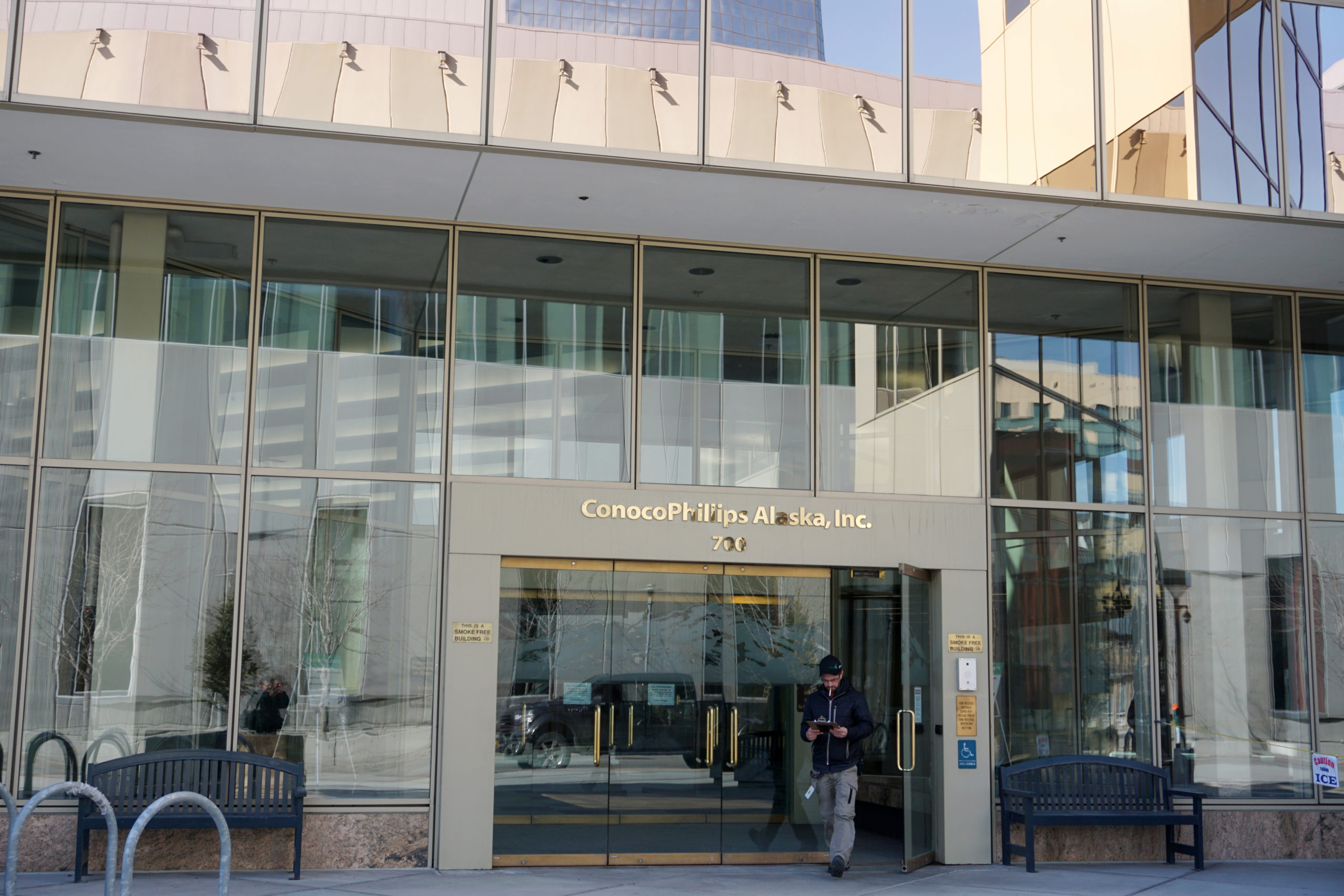ConocoPhillips says Alaska leak is in a ‘shallow gas zone’
Neither the company nor state officials have commented on the size of the leak.

ANCHORAGE — The source natural gas that has been leaking for at least 12 days at an oil-producing ConocoPhillips field in Alaska’s North Slope is a “shallow gas zone,” and not the producing formation itself, a company spokesman said on Wednesday.
Natural gas has been leaking at the company’s Alpine unit, which generally produces more than 50,000 barrels of oil a day.
A ConocoPhillips spokesperson said the company is preparing to start diagnostics and “remediate the gas source.”
Neither the company nor state officials have commented on the size of the leak. ConocoPhillips said it does not believe it will need a relief well to deal with the issue.
The leak occurred at CD1, Alpine’s oldest drill pad and production site. Crude output at the Alpine unit fell to 36,861 barrels on March 13, the latest data available. That was down sharply from a range of about 51,000 to 58,000 barrels a day in February, before the leak was detected, according to the Alaska Department of Revenue.
The subsurface leak was discovered at CD1, Alpine’s oldest drill pad and production site. In addition to the gas leak, ConocoPhillips said there was a spill of saline water, which the Alaska Department of Environmental Conservation had identified as seawater.
The source of the leak and the volume of natural gas released is still under investigation, Alaska’s Oil and Gas Conservation Commission said Wednesday. The commission, part of the state’s commerce department, said the current mitigation effort is centered around producing more gas from nearby wells to reduce the volumes of gas being released to the environment.